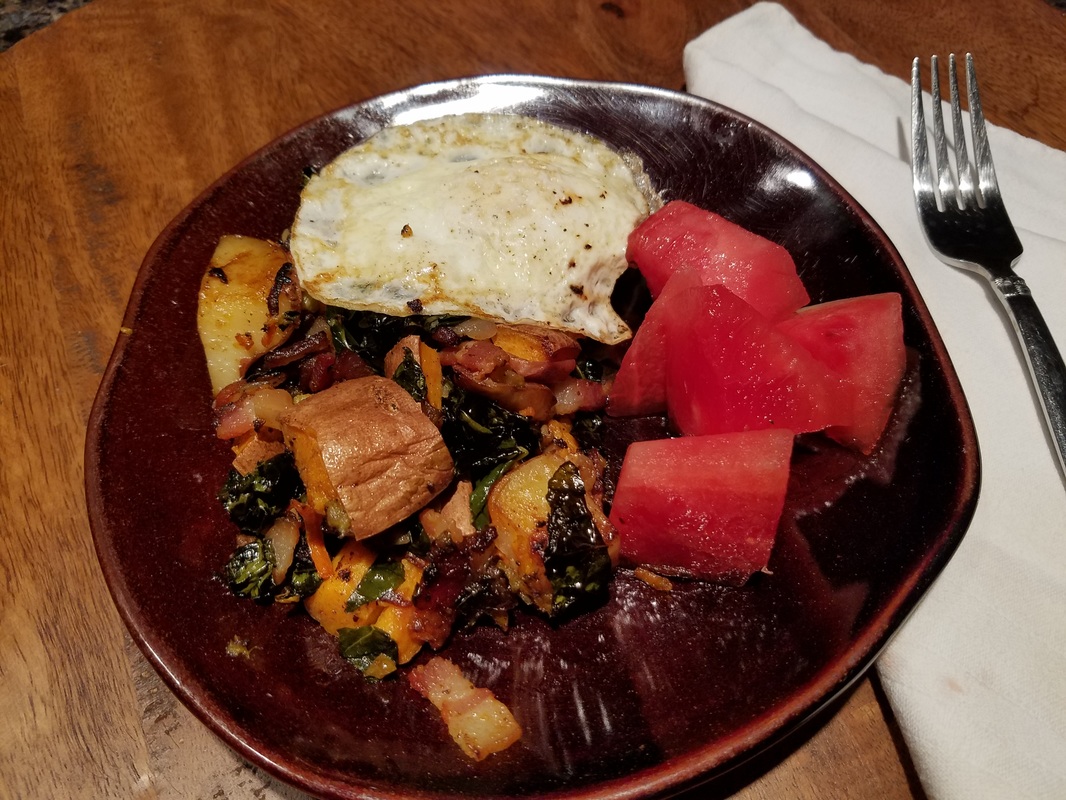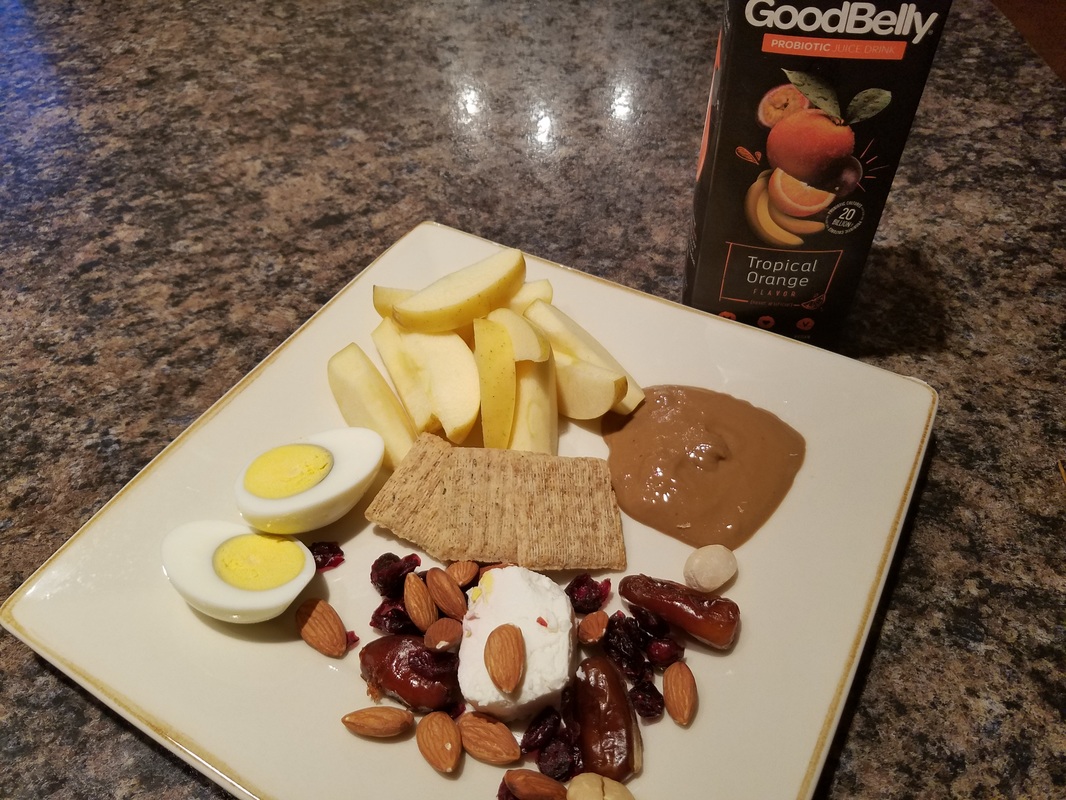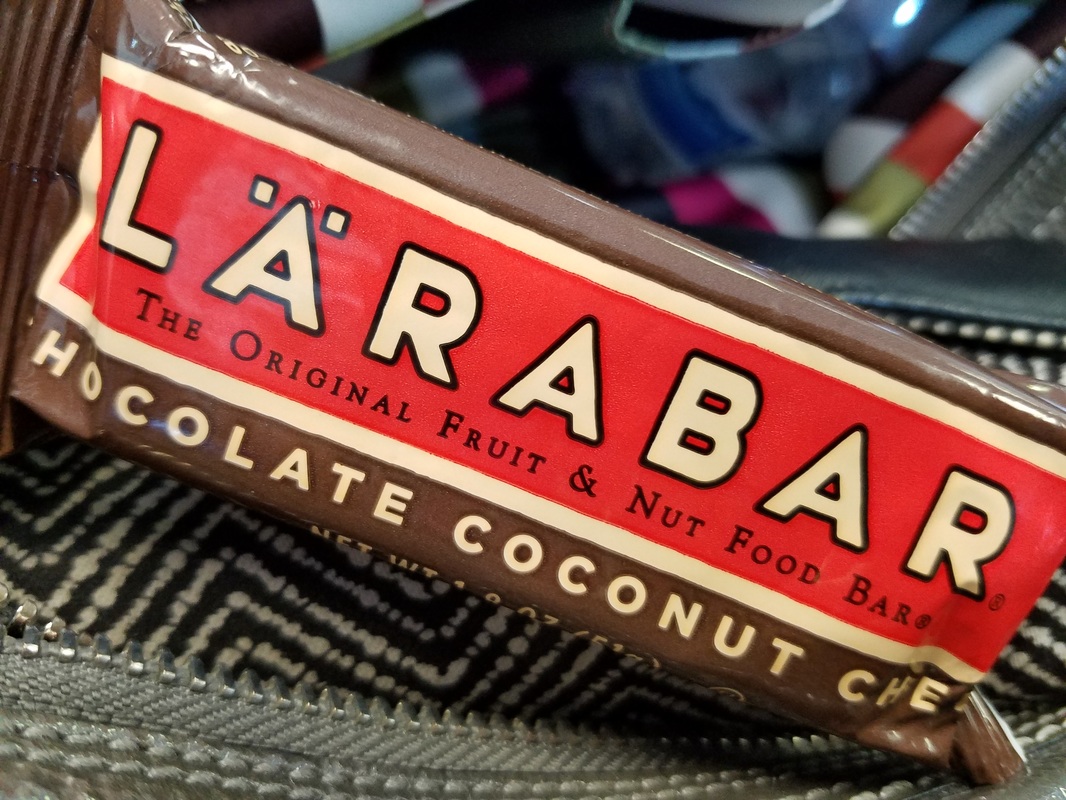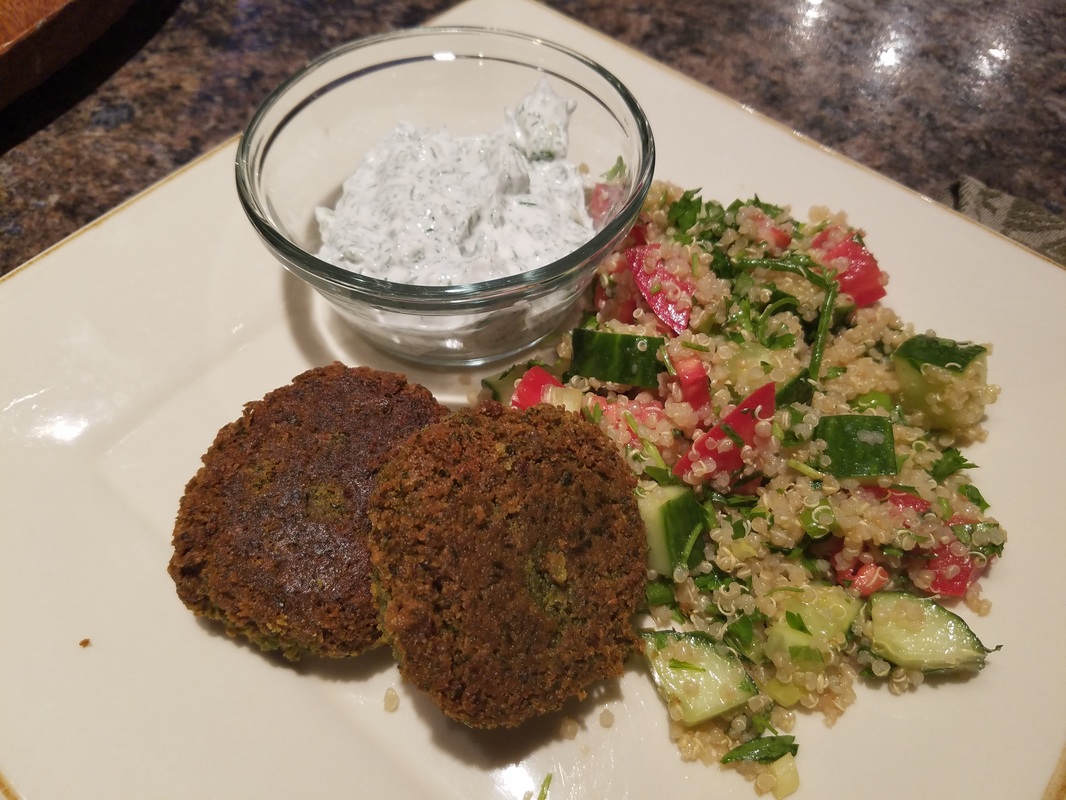Educate. Thrive.Your resource for health and wellness information
|
|
All of the processes leading up to delivery are important. A hiccup with any one and normal natural labor and delivery is affected. That being said though, If the door cannot open, the baby cannot pass. If the cervix cannot soften and efface, then no amount of contracting will delivery your baby. Even research supports this. There are a couple of comparative studied out there that compare induction methods (synthetic oxytocin, synthetic PGE2, and Hyaluronic Acid - we'll bring this up later in the is article). In this study they found that women who showed no ripening and were induced with synthetic oxytocin, had longer labors, and more cesarean deliveries. Why? Because they were missing a huge part of the process...the cervical ripening. Add in Prostaglandins to cause cervical ripening and inductions so quicker and with fewer cesareans as compared to pitocin inductions only. But, there is still a high rate of cesarean delivery with both inductions methods. They are both missing the key to every process that goes on in our body, nutrition. As you'll see as we go along here, if you have any of the several nutritional deficiencies associated with cervical ripening, you cannot progress. I believe the body is capable of delivering babies...if giving the correct tools (nutrients) to do so. Prostaglandins & Cervical RipeningThe cervix is composed of smooth muscle, cartilage, and collagen. During pregnancy, the cervix is hard and tight, holding in the pregnancy. The main star of cervical ripening are the prostaglandins. Specifically PGE2, and PGF2-alpha. Buth are derived from (AA) Arachidonic Acid, which is in turn derived from essential fatty acid Linoleic Acid (LA). High estrogen levels increase the production of PG as well as PG receptors in the cervix. PGF2-alpha is produced, primarily, by the placenta when stimulated by oxytocin, and doesn't work directly on the cervix. PGF2-alpha stimulates the production of the enzymes needed to convert estrogens to hyaluronic acid. PGF2-alpha also has an effect on blood clotting, by stimulating Thromboxane, which helps the blood to clot properly after delivery of the placenta. PGE2 is produced by the mother, and directly affects the cervix. It is also the form of prostaglandin found in Cervidil. PGE2 stimulates endometrial contractions through inflammation (cytokine production). These contractions stimulate more oxytocin. It also stimulates the dilation of the blood vessels in the cervix, and the production of leukocytes that aid in the breakdown of collagen. What is Hyaluronic Acid?I've dropped the name a couple times already in this series. Some of you have already heard of it, others are saying hya-what? Hyaluronic Acid is popular as an anti-wrinkle serum. It is found in the cartilage, soft tissues, and makes up a large part of synovial fluid in the body. It has a high affinity for water molecules and is a hydrator and softener of the skin, cartilage, and joints. It is synthesized in a number of different ways a) estrogen synthesis b) bacterial fermentation of starches c) direct consumption through animal products. In these three ways we can increase hyaluronic acid levels naturally. Starchy vegetables (potatoes, sweet potatoes and bananas) as we mentioned, increase hyaluronic acid levels. Sweet potatoes being the best because they are a combination of estrogens and starches (same with dates). If the digestive probiotics are in balance and healthy, then some of the carbohydrates in your meals can be converted to hyaluronic acid (your body's estrogen is needed for the process). And lastly, and probably the most easy way to increase dietary hyaluronic acid is to consume it through skin, cartilage, and connective tissue. (yummy) My favorite way is to make broth from chicken carcasses. Hyaluronic Acid & Cervical RipeningSo, I mentioned this study (which I have downloaded if anyone would like a copy, please email me.), that compared induction methods...one of the methods tested was direct injections of hyaluronic acid into the cervix. Those in the Hyaluronic Acid group were significantly less likely to need addition induction medication (pitocin), had increased cervical dilation as compared to cervidil, and no adverse effects were reported. It was deemed a week option for induction because of the process of injecting hyaluronic acid into the cervix, but more research should be done. During pregnancy, the concentration of hyaluronic acid in the cervix is low. The cervix need to be firm and tight to hold the pregnancy. But, at the onset of labor the amount of hyaluronic acid in the cervix increases substantially. Hyaluronic Acid has a high affinity for water molecules, as I mentioned, but it doesn't absorb them into cells. Instead it suspends them in animation, so to speak, holding them in place. Adding intracellular moisture, and softening the tissue. Hyaluronic Acid stimulates the enzyme collagenase. Collagenase is an enzyme that breaks down the bonds in collagen. As the bonds break, there are bigger gaps for the hyaluronic acid bound water molecules to penetrate and accumulate, adding to the softening. Hyaluronic Acid also stimulates the enzymes gelatinase and elastase that help to break down connective tissue of the cervix and soften the tendons and ligaments of the pelvis. Hyaluronic Acid production is also a positive feedback mechanism. PGF2-alpha is necessary for hyaluronic acid synthesis from estrogens. Hyaluronic Acid stimulates the production of PGF2-alpha...so each is responsible for increases levels of the other. So, as you can see, without adequate amounts of hyaluronic acid, they cervix cannot effectively soften, leading to slow or no progression in labor. Low hyaluronic acid production could also be a cause for "failed inductions." If you are adding in the oxytocin and prostaglandins (which are PGE2 prostaglandins, that do not stimulate the production of hyaluronic acid) and yet there is no cervical ripening occurring, there is a good chance that at some level of hyaluronic acid synthesis there is a deficiency. Meal Plan #4BREAKFAST #4: Sweet Potato and Kale Hash In general I make a lot of hash. It is a great way to use leftover baked potatoes, and incorporate a variety of vegetables. Today I made it using some leftover sweet potatoes (which are good for prepping for labor because they have starches and estrogens that can be converted into hyaluronic acid), some kale from the garden (cooked greens are excellent sources of minerals like magnesium, needed for oxytocin function and muscle health), and topped it with an egg fried in grass-fed butter, with a side of hydrating watermelon. Want the Recipe? Click Here LUNCH #4: Protein Snack Plate w/Probiotic Drink Not every meal needs to be a "meal." Protein snack plates and boxes make easy and nutrient dense lunch options. That don't require a lot of cooking and preparing. Today's Plate: Apple Slices with Sunflower Butter (rich in minerals, linoleic acid, and vitamin e - which we will discuss tomorrow), Goat cheese with dried fruit and nuts (including dates), and a hard boiled egg. There are many different probiotic options, but it is a good idea to make sure you are consuming enough. As I mentioned today, in order to convert starches into hyaluronic acid, certain probiotics need to be in abundance. For my snack this afternoon I grabbed a Larabar. These are awesome in general, super simple ingredients. They are all date and nut based with some other added ingredients…this one had added coconut and chocolate (yeah for magnesium in a delicious form, we can't just eat greens all the time right?) DINNER #4: Falafel with Quinoa Tabbouleh and Yogurt Tatziki Just because we emphasis proteins, fats, cholesterol and fat soluble vitamins during pregnancy doesn't mean that every meal needs to have meat. Garbanzo beans are extremely rich in minerals and proteins. This meal is heavy on the parsley, which is awesome for late stage pregnancy. Parsley is one of the best greens for Vitamin K (needed for proper blood clotting - will talk more about this tomorrow). 1/2 cup fresh parsley has 500+% of your vitamin K (although K1 - more on this tomorrow). It is also rich in Vitamin C, and B vitamins. I make my tabbouleh with Quinoa. It is much more nutritious than the commonly used bulgar wheat. As a seed, it is a complete protein. The cucumbers are hydrating, and the tomatoes provide vitamin C and Vitamin A. This tatziki was made with yogurt for some more probiotics, which are needed for processing vitamin K1 Want the Recipes? Click Here for Quinoa Tabbouleh Others coming soon Miss a Part in the Series?
Planning Nutritionally for Labor and Delivery Part 1 - Biology of Labor Planning Nutritionally for Labor and Delivery Part 2 - Oxytocin "the Love Hormone" Planning Nutritionally for Labor and Delivery Part 3 - Estrogen and Progesterone To Continue... Planning Nutritionally for Labor and Delivery Part 5 - More Than Just Progression Planning Nutritionally for Labor and Delivery Part 6 - Probiotic Health Planning Nutritionally for Labor and Delivery Part 7 - Top 10 Foods for Labor and Delivery
6 Comments
8/24/2022 09:06:12 am
THANK YOU for the information on hyaluronic acid. I am a midwife and am very interested in seeing the study. Could you email the information? Thanks!
Reply
Britney
7/23/2024 07:38:58 pm
NATURAL HERBS IS THE REAL DEAL IN CURING HERPES-1&2, HIV/AIDS, HPV AND CANCER...Contact Dr Osato to get the natural herbs to cure yourself from that horrible disease/virus. I got the herbs from Dr Osato and I made use of it with the instructions he gave to me on how to use the natural herbal product, after usage I went for a checkup and my result was Negative and all the symptoms of herpes were completely gone from my body. I was cured from herpes-1&2 after using Dr Osato natural herbal medicine. You can contact Dr Osato on his email: [email protected] or WhatsApp +2347051705853 to get the herbal medicine from him and his website is https://osatoherbalcure.wordpress.com.
Reply
Agata
10/12/2022 01:35:48 am
This is great to read thank you so much! How do I know if level of Hyaluronic Acid is good in my body ?
Reply
mark hold
7/4/2024 05:43:26 pm
One faithful day as i was watching a video on you tube i saw a comment of one MR PAUL HAVERSACK testifying of this great herbal healer doctor Moses Buba, That helped him enlarge his manhood .i was shocked and happy, so i quickly visited his website and emailed him within 30 mins he got back to me and told me all i need to buy and i did so after 4 days i received his herbal medicine ,he gave me instructions on how to use it ,as i am speaking to you people now after using the cream for just two weeks my manhood size is 10 inches long and 8.0 girth ,,am so happy and grateful for his work in my life thank you so much Doctor Moses buba ,,i also learnt he has cure for LOW SPERM COUNT,PREMATURE EJACULATION,ERECTILE DYSFUNCTION,HIV/AIDS VIRUS,DIABETES 1/2,HERPES DISEASE, CANCER, and lots more
Reply
Cheryl
7/11/2024 07:45:59 pm
My name is Cheryl Floyd. I am the happiest woman on the face of this earth. I am happy because of this man, a great spell who made my dreams come true. This is the handwork of Doctor Odunga. I contacted this man to help me save my marriage. My husband and I have been living without a child for 17 years and this has made me sort help in spells. I contacted Doctor Odunga and only him out of three spell casters did his work for me within 48 hours as he promised and I became pregnant with twins. I have been wanting to write this testimony for so long now when I became pregnant but I waited for the babies to be delivered and I am now a mother of twins, a boy and a girl. What else are you waiting for? Do you want a spell for pregnancy and solve fertility problems? Contact Doctor ODUNGA now at Email: [email protected] OR Whats App/Call +2348167159012 and he will talk to you directly.
Reply
Britney
7/23/2024 07:39:34 pm
NATURAL HERBS IS THE REAL DEAL IN CURING HERPES-1&2, HIV/AIDS, HPV AND CANCER...Contact Dr Osato to get the natural herbs to cure yourself from that horrible disease/virus. I got the herbs from Dr Osato and I made use of it with the instructions he gave to me on how to use the natural herbal product, after usage I went for a checkup and my result was Negative and all the symptoms of herpes were completely gone from my body. I was cured from herpes-1&2 after using Dr Osato natural herbal medicine. You can contact Dr Osato on his email: [email protected] or WhatsApp +2347051705853 to get the herbal medicine from him and his website is https://osatoherbalcure.wordpress.com
Reply
Leave a Reply. |




 RSS Feed
RSS Feed